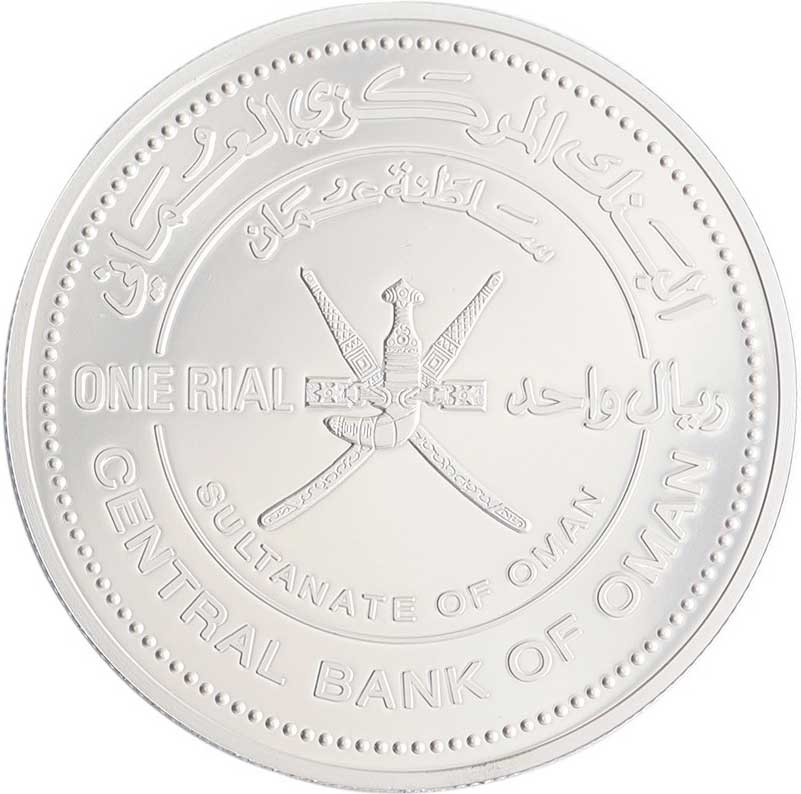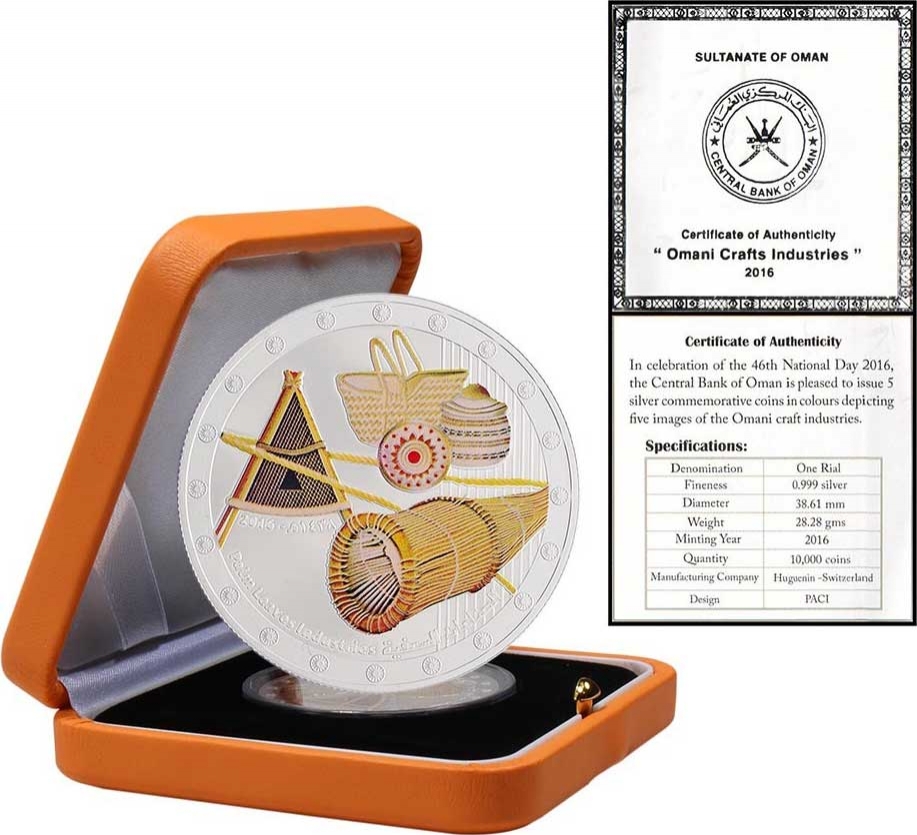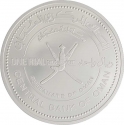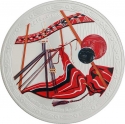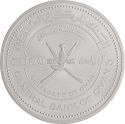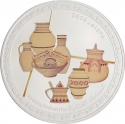You are about to finish your registration. Please check your mailbox (including spam folder). There should be a letter with a confirmation link. Check setting to make sure that your e-mail address is correct.
Send letter againDescription
To mark the 46th National Day, the Central Bank of Oman released a set of five silver commemorative coins featuring vibrant colors and showcasing images representing various Omani craft industries.
The traditional industries of Oman reflect the nation's abundant cultural heritage, with many of these practices enduring for centuries. Ranging from weaving and pottery to date farming and fishing, these industries have significantly contributed to both the economy and cultural identity of the country.
Qaboos bin Said Al Said (1940–2020) was the Sultan of Oman from 23 July 1970 until his death. A fifteenth-generation descendant of the founder of the House of Al Said, he was the longest-serving leader in the Middle East and Arab world at the time of his death.
Obverse

|
Depicts the National Emblem of Oman dividing denomination in Arabic and English, surrounded by the country name inside a circle, with the legend "Central Bank of Oman" outside both in Arabic above and English below. البنك المركزي العماني |
|---|---|
Reverse

|
Depicts some traditional palm leaves industries (basket, tray, straw and bag), inscription in Arabic above and English below, date in Georgian in English and Hijri in Arabic above, all embellished with Islamic ornaments. ١٤٣٨هـ - 2016 |
| Edge |
1 Rial
Omani National Crafts
Palm Leaves Industries
Subscribe series
KM# 181
Omani National Crafts
Palm Leaves Industries
